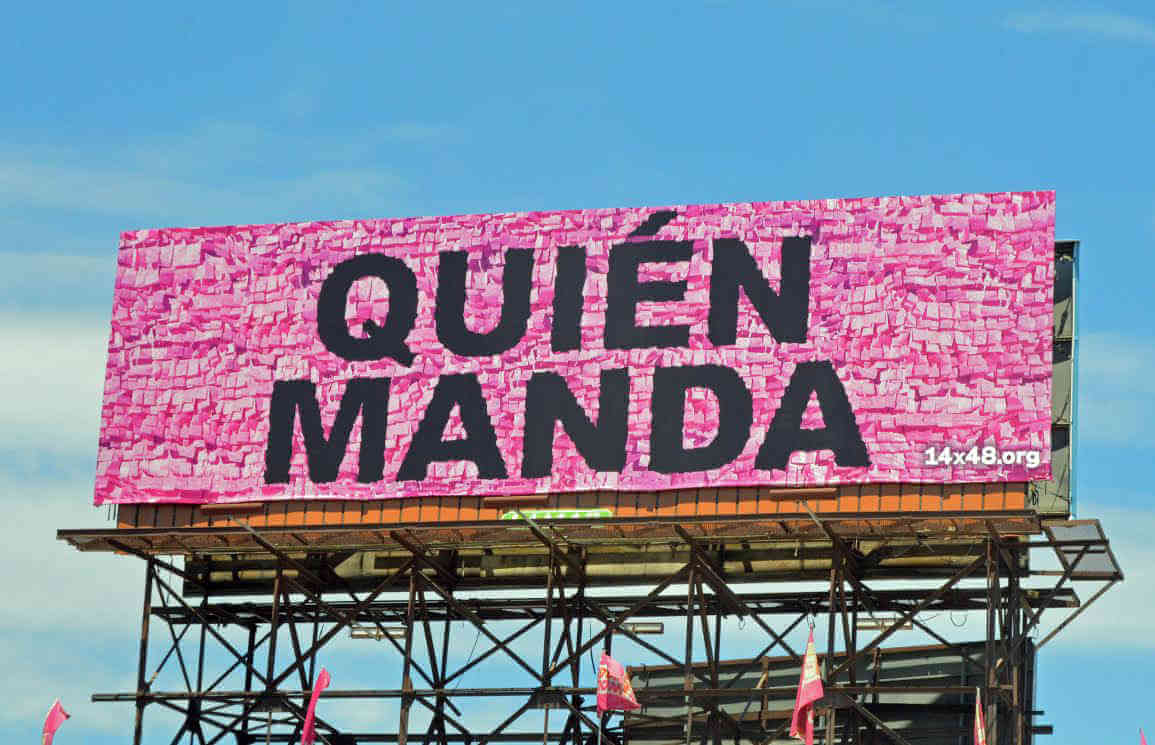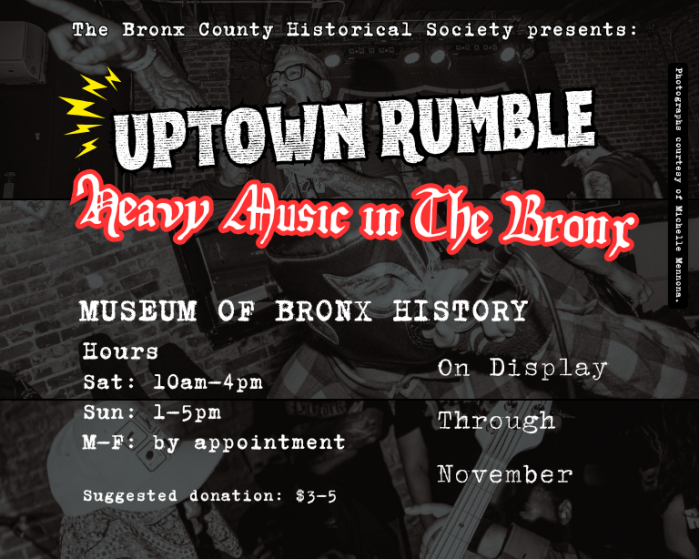A billboard’s message is encouraging Bronxites to think about the origins of power.
Visual artist Giovanni Valderas has placed a piñata-themed billboard on the Grand Concourse and East 149th Street asking Latinx audiences in Spanish “Who’s the Boss?” or “Who Rules?”
The billboard has the text of the Latinx idiom ‘Quién Manda’ against the backdrop of a pink piñata, urging Spanish-speakers to think about the origins of political power and social power in communities.
Valderas created the theme for the billboard – which he sees as a vehicle to develop a sense of urgency to drive voter turnout – as part of a larger project he worked on in Dallas, where he is an assistant gallery director at Kirk Hopper Fine Art.
“First and foremost I want Latinx individuals to know that I am talking to them, and the way ‘Quién Manda’ reads it could be a statement or a question,” he said. “I want them to think about who does rule, particularly as part of this current political climate.”
Valderas is hoping to engage people who view his artwork at the busy intersection and get them to visit his website, giova
The artist explains that these messages to our federal legislators can address issues like Deferred Action for Childhood Arrivals (known as DACA), the DREAM act, opposing the separation of families at the border between the United States and Mexico or any other current matter.
“It is political action as well as a thought- provoking action,” he said.
Valderas was able to place his artwork on the Grand Concourse billboard with the help of non-profit organization 14×48, which repurposes vacant billboards for public art space to create more opportunities for emerging artists.
The piñata backdrop on the billboard is something that is part of Valderas’ artwork going back to his graduate schooling, said the artist, who explained that aside from being a fun party game today, piñatas were used by the Spanish conquistadors to indoctrinate indigenous peoples in order to rule them during the colonial period in Central and South America.
“Pinatas were an indigenous custom that the Spanish used to get their message across in South America,” said Valderas, adding that Spanish colonialist rulers would often incorporate western themes into piñatas, which were originally clay vessels, and use them to assimilate and bring native populations under their control.
“You might have a seven starred piñata for the seven deadly sins, and by hitting the piñata you were driving the sins away,” said Valderas, giving an example of how the Spanish used piñatas.
As for the billboard itself, he hopes viewers will have the same kind of reaction many people have when they view a piñata: a chuckle, said the artist.
“There is a slow reveal to it,” he said. “People will look at it and then they will realize what it is.”























